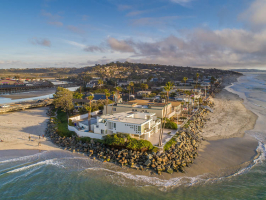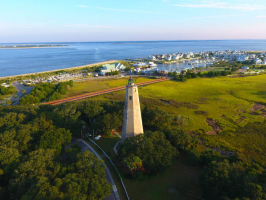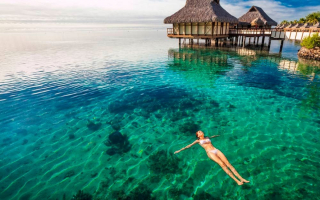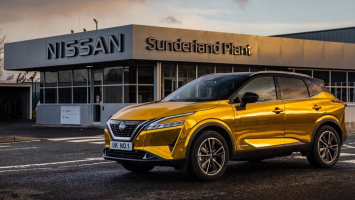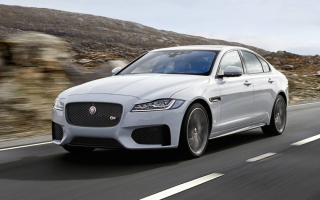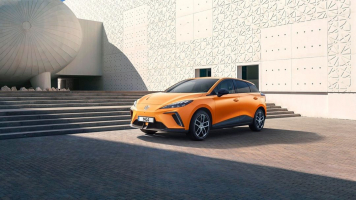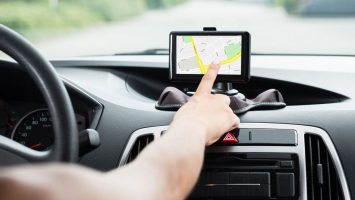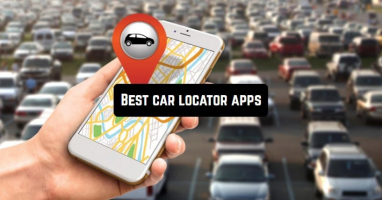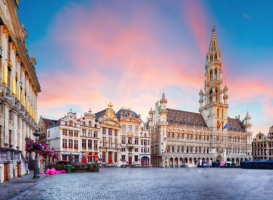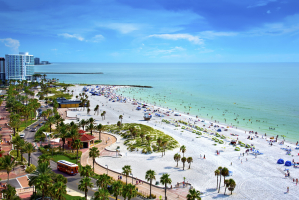Top 8 Best Car-Free Vacation Destinations
If people are tired of cars and everything that comes with them, like noise, pollution, and traffic, then consider taking a vacation to one of the breathtaking ... read more...destinations around the world that is off-limits to cars. Travelers can spend time on a picturesque island in Greece, a storybook in Michigan, or a beautiful coastline in Australia without a car. Let's explore the list of best car-free vacation destinations to find out and learn about interesting destinations and bring new experiences.
-
Of the thousands of islands in Greece, only 227 are inhabited. Although each of Greece’s islands is beautiful, Hydra – part of the Saronic archipelago – is often touted as one of the prettiest, and also one of the best car-free vacation destinations. The easiest way to get to Hydra is by taking a one-hour, 30-minute ferry from Athens’ Piraeus port directly to the island. Whether travelers visit for a day trip, an overnight stay, or spend several days soaking up island life, they will be doing so mostly on foot – as cars and motorcycles are banned by law. At least there’ll be no traffic getting in the way of strolling through Hydra Town, where visitors will find the busiest part of the 10-mile-long isle.
Not far from Athens floats the island of Hydra (aka Ydra or Idra). Once you step foot off the water taxi, visitors will be hard-pressed to find a car or even a bike on the island. Instead, visitors make their way by foot or boat to Hydra's natural springs and isolated beaches. Here, visitors can enjoy picturesque beaches, and charming architecture, admire its Orthodox monasteries and browse the historical archive at the Museum of Hydra. No wheeled vehicles are permitted, so that means no cars or scooters, leaving the cobbled streets totally open to pedestrians and donkeys. Part of the Saronic Islands, Hydra is known for its well-preserved architecture, stunning blue waters, hidden bays, and beautiful coastal hiking paths.
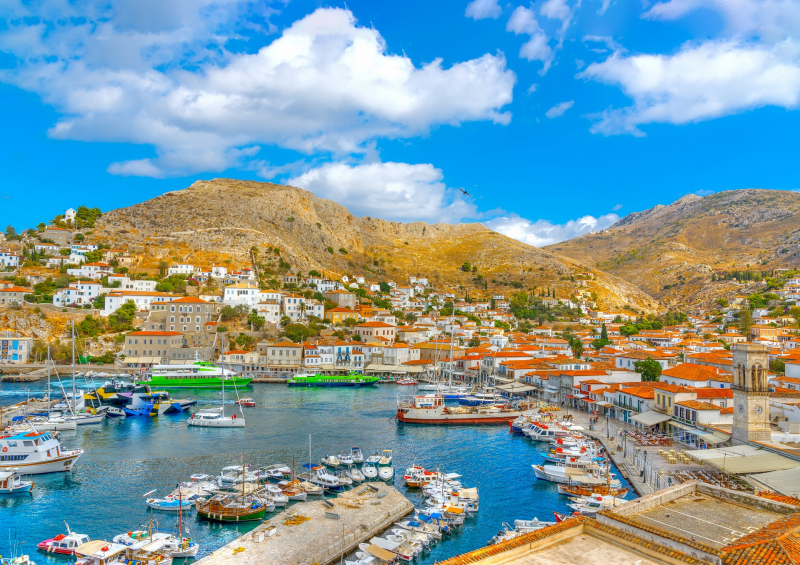
Source: explore-greece.com 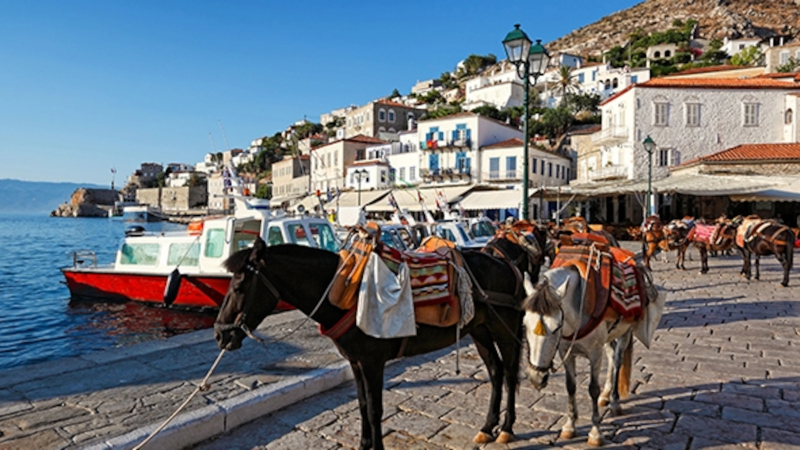
Source: nationalgeographic.com -
Of course, Morocco’s cities have cars. But, oftentimes for practical reasons, visitors will find virtually no cars in the medina, called Fes El Bali. Often, they’re separated from the newer part by a wall and are maze-like with exceedingly narrow streets. For this reason, medinas in Marrakesh, Fes, Casablanca, Essaouira, Meknes, Tangier, and Chefchaouen – several of them UNESCO World Heritage Sites – are often considered to be car-free. Or close enough, as perhaps there’ll be a motorcycle or two zipping about. These medinas all have unique points of interest, but travelers can generally expect to see grand mosques, ancient palaces, hammam bathhouses, and plenty of souks (traditional markets), selling everything from leather goods to lanterns, colorful textiles, and jewelry. In the medina Fes el Bali, visitors will find the 16th-century Chouara Tannery, the largest of three leather-treating tanneries in the city.
The ancient walled medina of Fes El Bali in the city of Fez is made up of over 9,000 maze-like alleyways that are far too narrow for cars, making it one of the few distinctly urban car-free destinations. Without cars taking up space and polluting the air, travelers can jostle through the narrow walkways in search of the medina's renowned leather goods, street kebabs, and sweets. Most residents and travelers here rely on foot, donkey, or carts to navigate the meandering lanes housing shops, booths, mosques, and schools. Fes el Bali is said to be the world’s largest surviving medieval city and locals suggest that it is due to the strict no-vehicle policy in the vicinity. It becomes one of the best car-free vacation destinations.
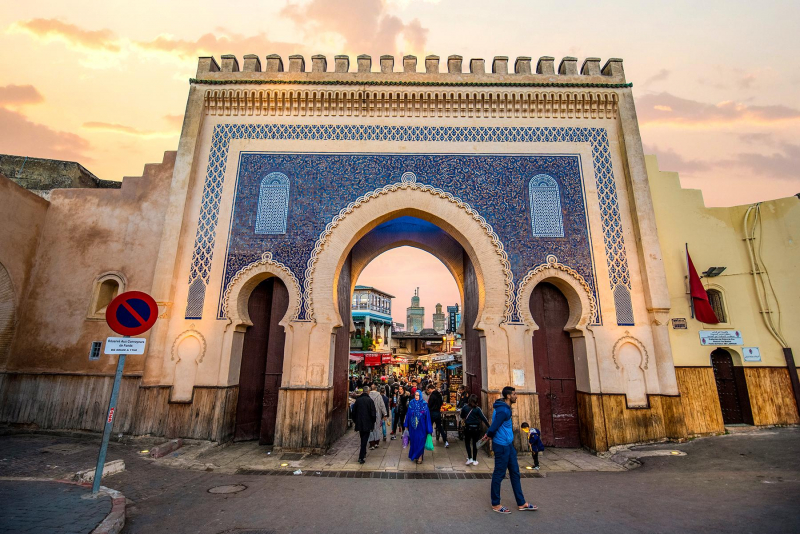
Source: atlasobscura.com 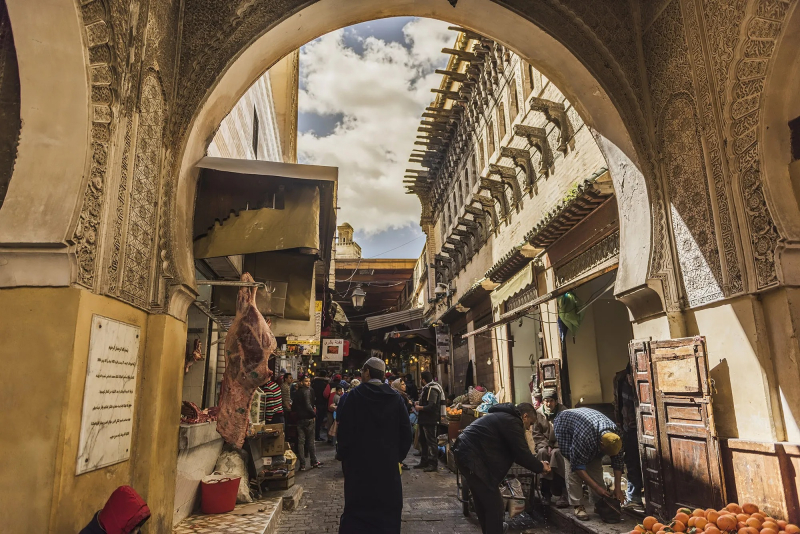
Source: planetcustodian.com -
Since around 1997, car usage has been consigned to the past in the historic Centrum of this beautiful Belgian university city - Ghent, one of the best car-free vacation destinations. People will only find pedestrians, cyclists, trams, and buses passing through. In the surrounding central neighborhoods, the more recent Circulatieplan has made it so vehicles can only enter each specific area via a city ring road – instead of weaving between each district, causing congestion. It’s pretty clever and means its major attractions – the 10th-century Saint Bavo Cathedral, Gravensteen Castle, and the gorgeous quayside Graslei – aren’t impacted by beeping cars or exhaust fumes. Much like in Dutch cities, people will need to watch out for whizzing bicycles, though.
Historically, in 1997, Ghent's then-mayor Frank Beke announced plans to pedestrianize 35 hectares of the city center - turning it into Europe's largest car-free zone outside Venice. Shortly after, a local shop owner mailed him a bullet, concerned that the plan would turn the area into a ghost town. Today, Ghent's car-free city center is thriving, with playgrounds instead of parking lots and one of the best cycle lane networks in Europe. There are now weekly car-free Sundays when the entire city is closed to traffic - an event being replicated in Brussels and Antwerp, too.
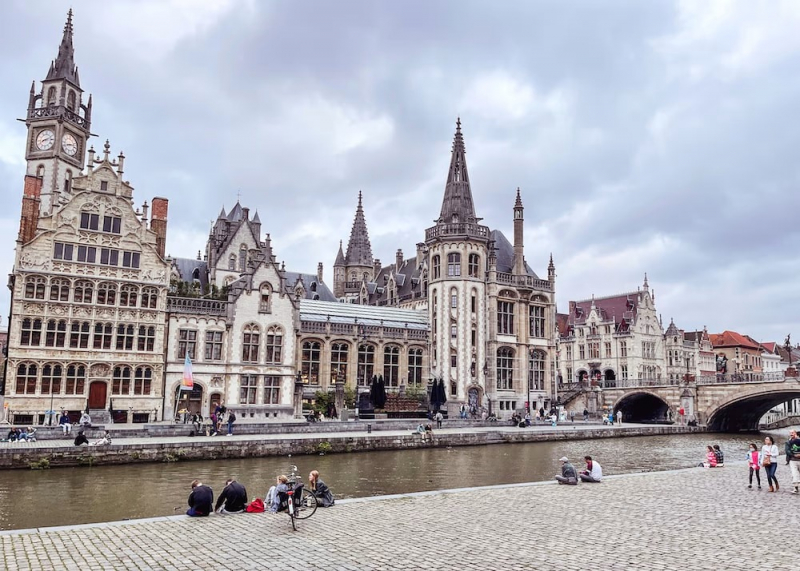
Source: eurotunnel.com 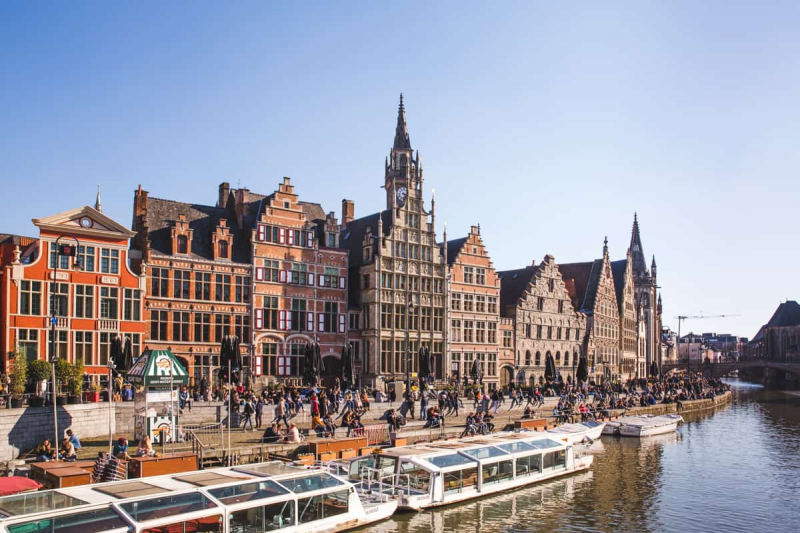
Source: laurewanders.com -
The serene Dutch village of Giethoorn is sometimes nicknamed ‘Venice of the Netherlands’. When visitors see its wide canals, tall bridges, and (mostly) car-free streets, people will understand why. A one-hour, 30-minute train ride from Amsterdam to Steenwijk, followed by a short bus ride, is how day-trippers often reach this residential area – which now doubles as a popular tourist attraction. Once there, Giethoorn is easily explored by canoe or electric boat. Beloved by visitors for its old, thatched-roof houses and living museum, it’s also a gateway to Weerribben-Weiden National Park – home of the largest bog in north-west Europe, and plenty of excellent walking trails. It is one of the best car-free vacation destinations.
Travelers will find waterways, not roads, in the beautiful Dutch town of Giethoorn. It dates back to the 13th century when enterprising monks came here and dug out the canals in order to transport peat. Residents of Holland's so-called 'Venice of the North rely on bikes, kayaks, and canoes. Bridges crisscross the canals and are used as ice rinks by locals in the winter. The village relies on a series of walking paths, bike trails, and waterways for transportation. In fact, the most popular way for visitors to see the town's centuries-old thatched-roof houses is by exploring the canals by boat.
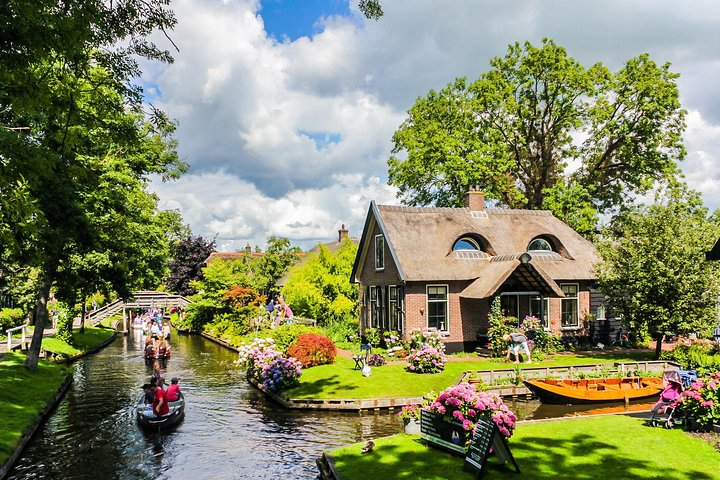
Source: lifeinduesseldorf.com 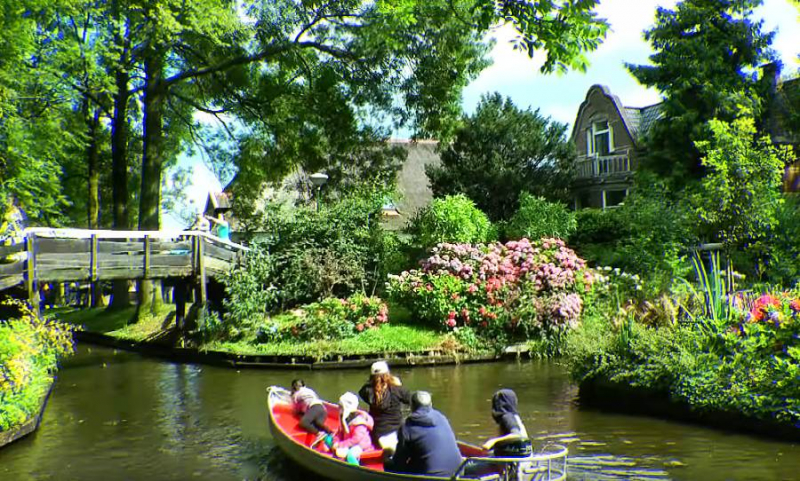
Source: viewtraveling.com -
Classic wooden gondolas are the best way to snake around Venice’s canals. To explore the interlaced city, visitors will need to travel on foot – as the center doesn’t even have any roads. Trying to navigate its slim side streets, steep bridges, and old squares with a car would be nigh on impossible. Despite the lack of cars, its central piazza, Saint Mark’s Square, can be chaotic with pedestrians – even out of peak season. Many of Venice’s surrounding islands are car-free, including traveler-friendly Burano. Interestingly, the Lido di Venezia – an ideal place to stay, as it’s just a short boat ride away from the city – and has roads, cars, and public transport.
Venice is considered one of the best cities in Italy and the best car-free vacation destination, and one of the primary reasons for that is that locals and visitors get around by gliding across the city’s famous canals. This Italian city boasts an urban landscape that’s so spectacular, even a massive number of tourists can’t detract from its beauty. The hidden bridges, cobblestone alleyways, and of course the legendary canals, are ideal for getting lost in, especially with a partner. Venice is Europe’s largest urban car-free area and boasts some 400 bridges linking the 118 small islands on which it is built.
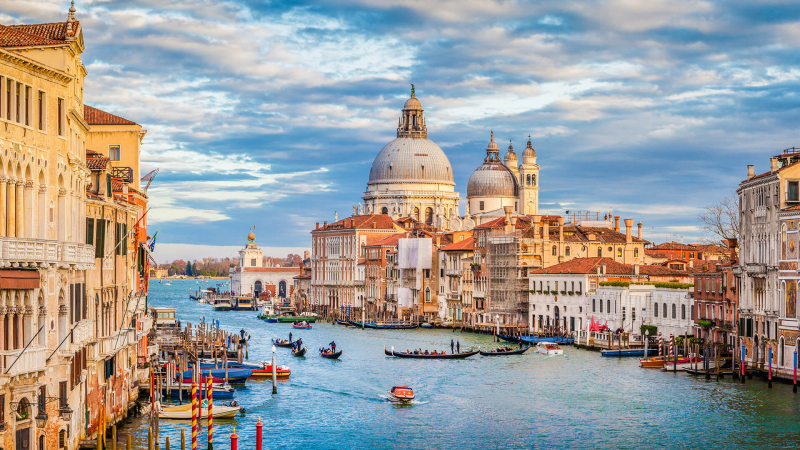
Source: cntraveler.com 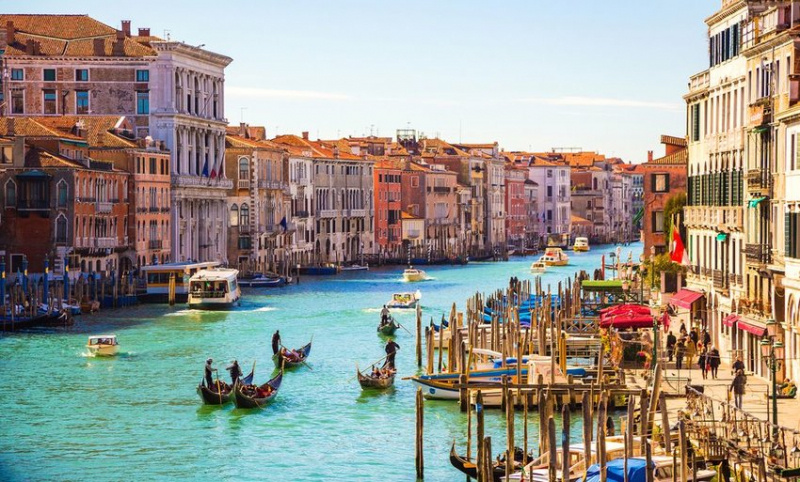
Source: lux-review.com -
Swiss ski resort Zermatt, famous for the towering, snow-tipped Matterhorn looming over it, has been car-free for as long as anyone can remember. The decision is seemingly an environmental one. Surely an abundance of air pollution could potentially obscure its unreal scenery. Much has also been written about Zermatt’s desire to become a fully self-sustaining resort. To visit, visitors will need to park up in nearby Täsch and take a shuttle train – before getting on an electricity-powered bus, hopping in an eTaxi, pedaling a you-powered bike, or simply walking. Though it does seem there is one car rental option, suitable for visitors with mobility concerns. An electric shuttle bus ferries visitors and residents from Täsch to Zermatt's center, although horse-drawn carriages are the preferred mode of transport in the town's center.
Zermatt is a popular best car-free vacation destination, but this mountain town in the Swiss Alps still takes its car-free policy seriously. Those looking to stay and play at the foot of the Matterhorn — known for skiing, hiking, and climbing — have to travel in by train, helicopter, or taxi, which have permission to use the road into Zermatt and can drop travelers at your hotel. The alpine town is beyond charming and the mountains are a destination for skiing and winter sports. The lack of cars allows the air to be free of pollution, which could obscure the view of the Matterhorn from Zermatt.
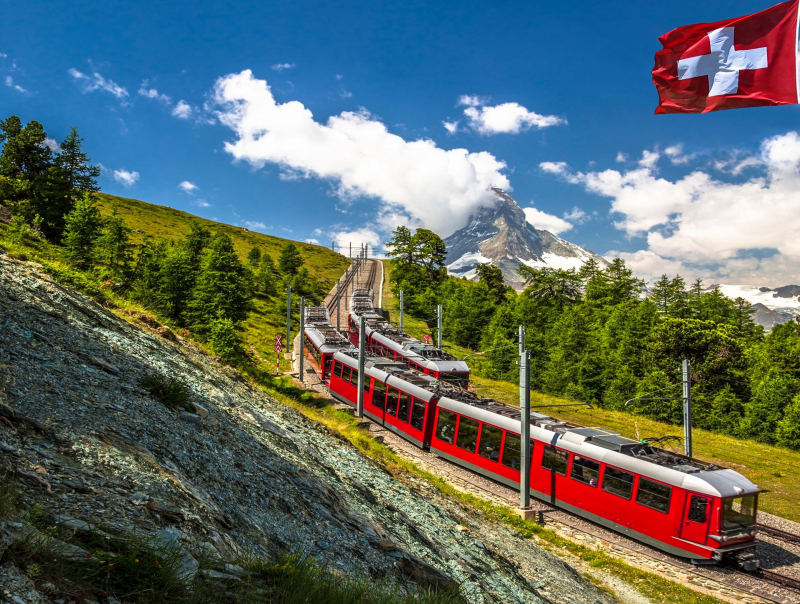
Source: zermatt.ch 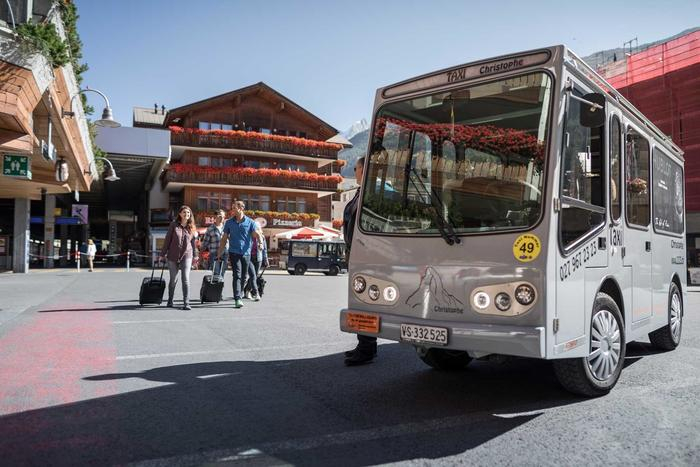
Source: switzerland-tour.com -
On Mackinac Island – located on Lake Huron, one of the United States five Great Lakes – visitors will find no cars and (almost) no motorized vehicles. They’ve been banned since 1896 because the first cars to roll up there seriously spooked the island’s many horses. And on Mackinac Island, they really do seem to love horses. A horse-drawn carriage is a classic way to tour the island. Said horse-drawn carriage even appears in the island’s official logo. There’s a Grand Stable Museum to peruse and a number of working horse stables, including Jack’s Livery Stable and Cindy’s Riding Stable. Along with the equine connection, just stepping through its streets and seeing the architecture will transport you back into the past. Expect to also sample slices of the island’s iconic Murdick’s Fudge – made there since 1887.
The state of Michigan is home to what many call a national treasure: Mackinac Island. Without cars to get travelers from Point A to Point B, they can rent a bike, walk, or, better yet, take a horse-drawn carriage. It's about as wonderfully old-school as it gets, yet it's just a 16-minute ferry ride from the mainland. Today it’s a popular summer resort that attracts families, nature lovers, and history fans. With only bicycles and horse-drawn carriages for transportation, the island has a decidedly vintage Americana feel. Just a few of the other activity options on the island include garden tours, The Richard and Jane Manoogian Mackinac Art Museum, biking, horseback riding, golf, tennis, swimming, and spa treatments.
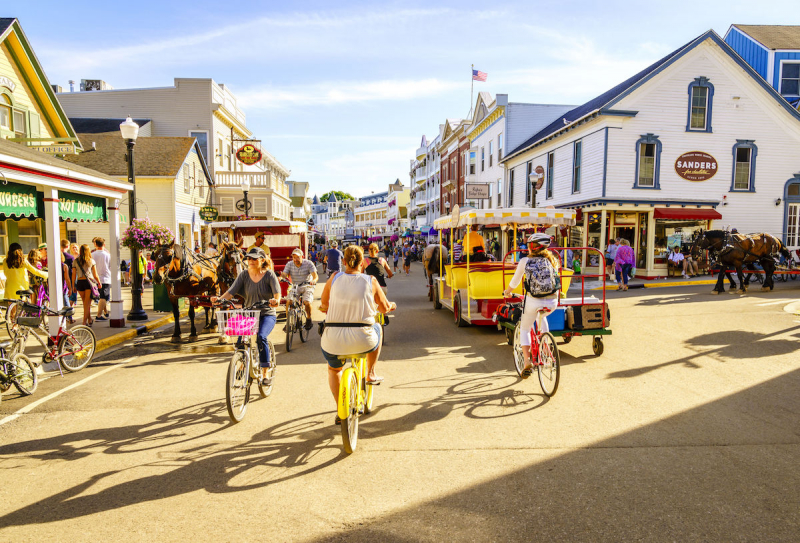
Source: onlyinyourstate.com 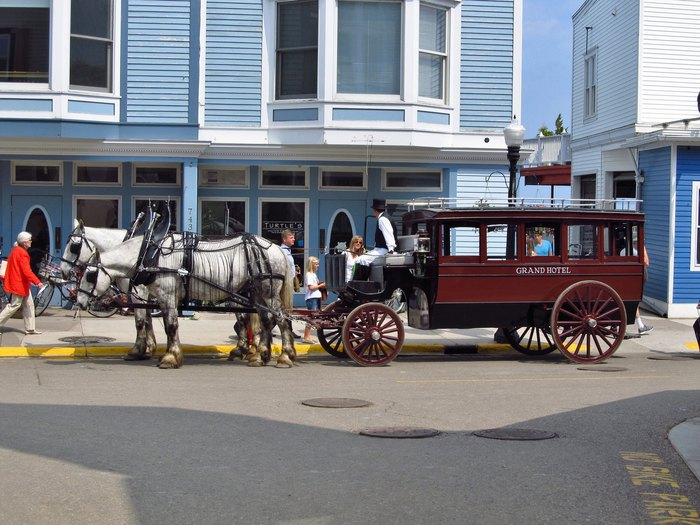
Source: matadornetwork.com -
Fire Island, set off the southern shore of Long Island, draws in travelers who would rather hear the ding of a bike bell than the honk of a taxi. To get to one of the island's many beaches, hiking trails, or surf spots, all visitors have to do is rent a bike and cruise around like a local. This island offers beaches, bays, parks, and quaint communities that are populated mostly during the warmer months. Locals and visitors ride bikes around the island or walk and admire the laid-back, charming atmosphere.
Fire Island is one of the handfuls of car-free areas in the United States, located on the outer barrier islands that run parallel to Long Island, New York. Either you walk or use a bike or golf cart. It is a haven for cyclists. Frequent visitors to Fire Island, a 32-mile-long narrow stretch of the unspoiled barrier island that forms part of the Fire Island Seashore, often refer to it as their “happy place,” and it truly is the summer getaway of dreams. Located on Long Island’s south shore, it’s home to beautiful beaches, spectacular sunsets that can rival any in the world, picturesque parks, and free-roaming deer that are nearly as friendly as your own four-legged friends. As there are no cars on the island, everyone transports everything by wagon, meaning those classic Radio Flyers you might remember from childhood, while locals and visitors get around by bike or on foot. There are no chain stores, but there are a number of outstanding restaurants, and bars with great happy hours, and happening nightlife too.
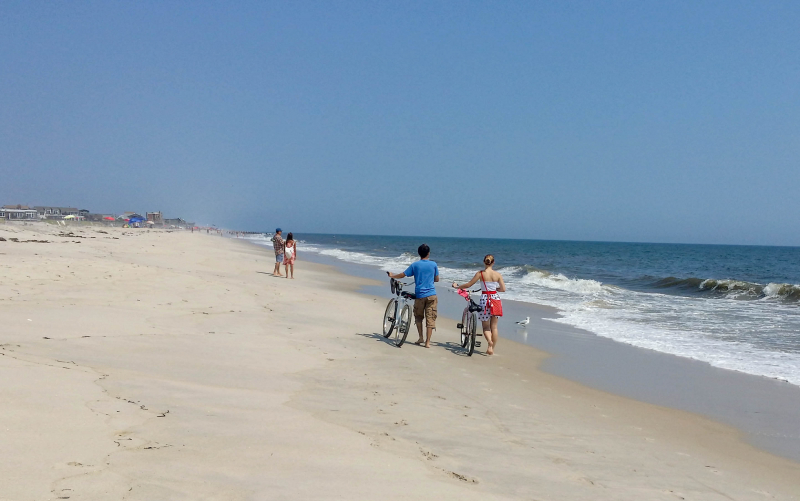
Source: brownstoner.com 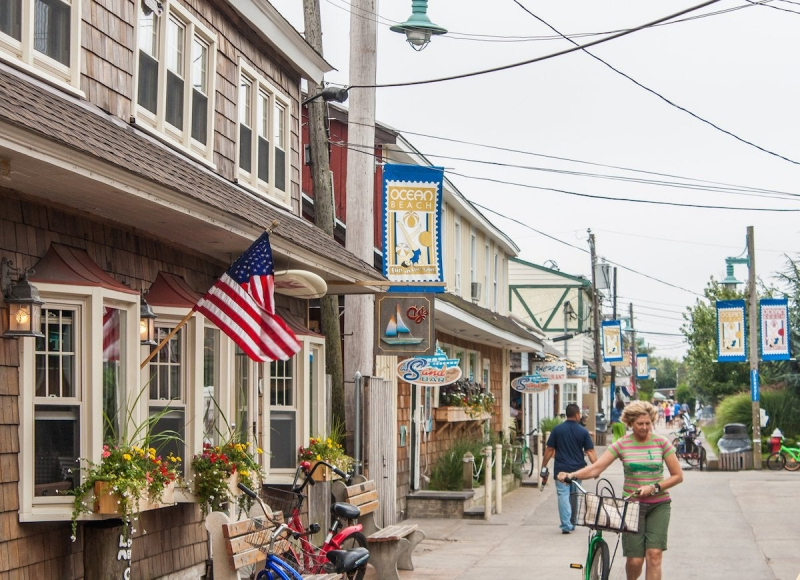
Source: cntraveler.com










